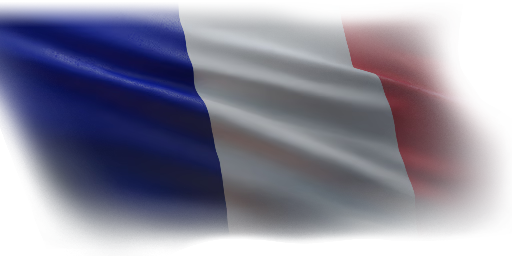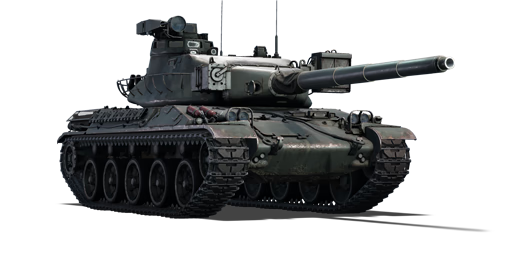The AMX-30B2 is the first upgraded subvariant of the AMX-30B, which is the second variant of the AMX-30 main battle tank family. Due to transmission reliability problems, the French Army began upgrading its tank fleet to AMX-30B2 standards in 1979, which included a new transmission, a new Hispano-Suiza HS-110-S2 diesel engine, and the introduction of the new OFL 105 F1 armour-piercing fin-stabilised discarding sabot (APFSDS) ammunition. A laser rangefinder and thermal imaging equipment are also included for the gunner. The AMX-30B2 entered service in 1982. A total of 700 units were upgraded to this standard.
Introduced in Update 1.75 "La Résistance", the AMX-30B2 offers slightly more protection than its predecessor, the AMX-30B. Nonetheless, due to the lack of a two-plane fully automatic stabilization system, players must play more cautiously than tanks from other nations at this rank. Firing on the go and/or after a short stop is risky in this tank in the event of a sudden encounter with an enemy vehicle. As a result, the French AMX-30B2 is best suited to roles such as support tank, long-range sniper, or flanker. You cannot expect to drive straight into battle and come out victorious in this tank. On most urban or city maps, it is preferable to avoid conflict hotspots. Since most tanks in other countries feature a two-plane stabilization system, you must play much more cautiously and attentively in these types of environments. Simply moving attentively and being aware of your surroundings will save your life in a scenario like this. You can also ambush your opponent by patiently waiting for someone to appear in front of you and then quickly repositioning yourself. On the other hand, the AMX-30B2 is the only tank at its rank that has access to thermal imaging equipment. Thermal imaging equipment allows players to easily identify adversaries in the infrared spectrum even when it is dark. Despite the fact that the thermal imaging equipment is of the first generation, detecting enemy tanks will be much easier.















